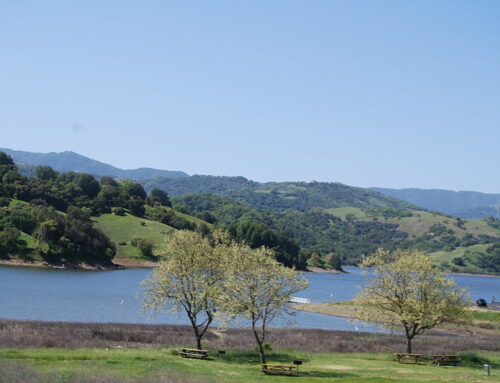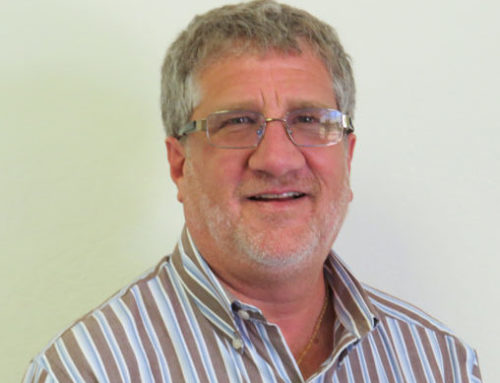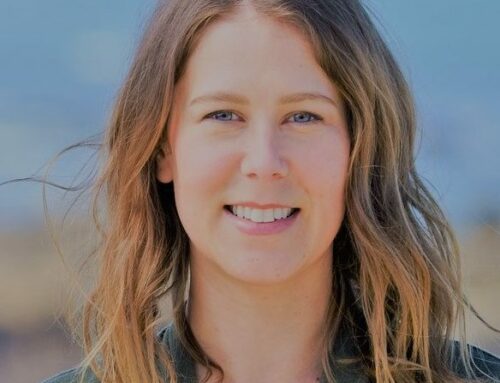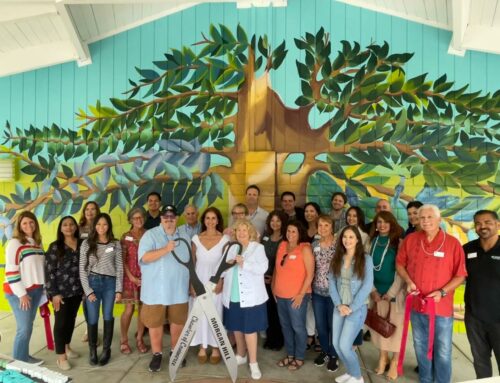Published in the May 25 – June 7, 2016 issue of Morgan Hill Life
By Marty Cheek
A couple of weeks ago, I found myself hiking the Mount Sizer loop trail at Henry W. Coe State Park. It was a crazy Sunday afternoon spur-of-the-moment decision to push myself physically and mentally by traversing 15.6 miles of some of the most rugged terrain in the Diablo mountain range.
“This is nuts! Why am I doing this?” I kept asking myself during the seven-hour trod through some of the most gorgeous wilderness in coastal California. The loop takes hikers into the heart of the park. They wander through trail-side gardens of spring wildflowers such as orchids and buttercups blooming in the full splendor of bright colors. The vistas of range after range of frozen geological wonder inspires the imagination to ponder the power of time and the energy of the Earth to create this wonderfully desolate terrain.
Why was I doing it? Why was I enduring the sweat and tears of this trek? The reason: to connect with nature.

Photo courtesy Ron Erskine
Hikers traverse a trail near Rooster Comb in Henry W. Coe State Park’s Orestimba Wilderness. The park is a hidden gem in Santa Clara County.
Many trails in Henry W. Coe State Park are physically challenging, but the Mt. Sizer loop tops the list for weeding out the wimps when it comes to hardcore hiking. Unless you’re in fairly decent shape, don’t dare try it. It’s not necessarily the length of the loop that makes it a test of will power and stamina. It’s the three arduous climbs up the three ridges you have to confront — with a total of more than 4,000 feet of ascent.
The most challenging trail on the loop is called “The Short Cut” — and it’s famous (or infamous) among die-hard hikers for being the “toughest trail in the San Francisco Bay Area.” Originally, it was bulldozed by cattle ranchers as a road straight up the side of Blue Ridge. The grade on this 1.4-mile trail is a kick-butt 21 percent that always puts me nearly in tears from thighs burning beyond any gym’s Stairmaster. There’s the non-stop physical endurance part that’s the challenge. But more than that, at least for me, it’s the mental doubt that creeps in as you take step by painful step to the top. When you get to the top of The Short Cut, you feel like a super hero able to conquer anything.
As I was hiking the loop, I had a lot of time for thinking. I considered the fact that Henry Coe, the second largest state park in California, originally started out as the first Santa Clara County park — and thus helped start our county’s park system. The ranch land that belonged to the Coe family was deeded to the county in 1953 by Henry’s daughter, Sada. She wanted to preserve it as a place for people to get away from city life for a while and discover the essence of the natural world. The county at that time didn’t have the resources to manage the land, so it was sold for $10 to the state of California.
Ironically, in June 2009 when Sacramento politicians were debating cutting funding for Henry Coe and 219 other state parks for budget savings, Santa Clara County supervisors considered taking back the park. Supervisor Ken Yeager introduced to the board the idea to add Coe to the county’s 28 parks, funding a minimal staff from the Parks Charter Fund. The idea went nowhere.
But perhaps Yeager was on to something. Perhaps there’s an opportunity for a partnership between the county parks system and the volunteers of the Pine Ridge Association, which supports Henry Coe, to work together to encourage more people to take advantage of the outdoor experiences Santa Clara County offers.
Henry Coe attracts about 40,000 to 50,000 visitors a year. The PRA would like to see that number at least double. The more visitors who come to the park, the more likely Sacramento political leaders will value it more and provide more funding.
Part of the problem Henry Coe faces in attracting more visitors is lack of awareness among the public of the park’s existence. The Santa Clara County Parks system faces a similar challenge in making the public aware of its outdoor opportunities. Its parks are much better supported financially than Coe, but despite this largess from the taxpayers, the county has done a dismal job in engaging more Silicon Valley residents to discover its outdoor recreational gems.
On the June 7 ballot is Measure A, which taxpayers will decide upon to continue support of the Santa Clara County Park Charter Fund. If passed, property owners will pay 1.5 cents per $100 of assessed value of properties for 15 years. Even though I’m a fan of the county parks and will vote for Measure A, I’m reluctant in supporting it. The county has dropped the ball in doing its duty to introduce more people to its outdoor facilities. This is especially true for the several excellent parks located here in the South Valley such as Mt. Madonna and Harvey Bear Ranch county parks.
I want to encourage more partnership between the county and the PRA to work together to grow the number of visitors to Coe and the county parks. We have a health issue in America with a growing number of obese and out-of-shape citizens, and taking hikes on nature trails with the kids is a fun way for families to get in shape. We’re also missing out on the tourism economic opportunities as more people visit our South Valley’s county park and Coe to connect with nature — and then stay to eat and shop. Perhaps supervisors Yeager and Mike Wasserman might like to meet with the PRA and see what type of partnership can be developed to better promote all the parks for county residents.
Coe Park’s Mount Sizer loop hike is not something most people will be brave enough (or crazy enough) to attempt. But luckily, the state park has tamer trails to try. And so do the county parks. There’s something for nearly everyone who wants to connect with nature. We just need to do a better job in Santa Clara County to promote our parks and encourage people to explore outdoors.







